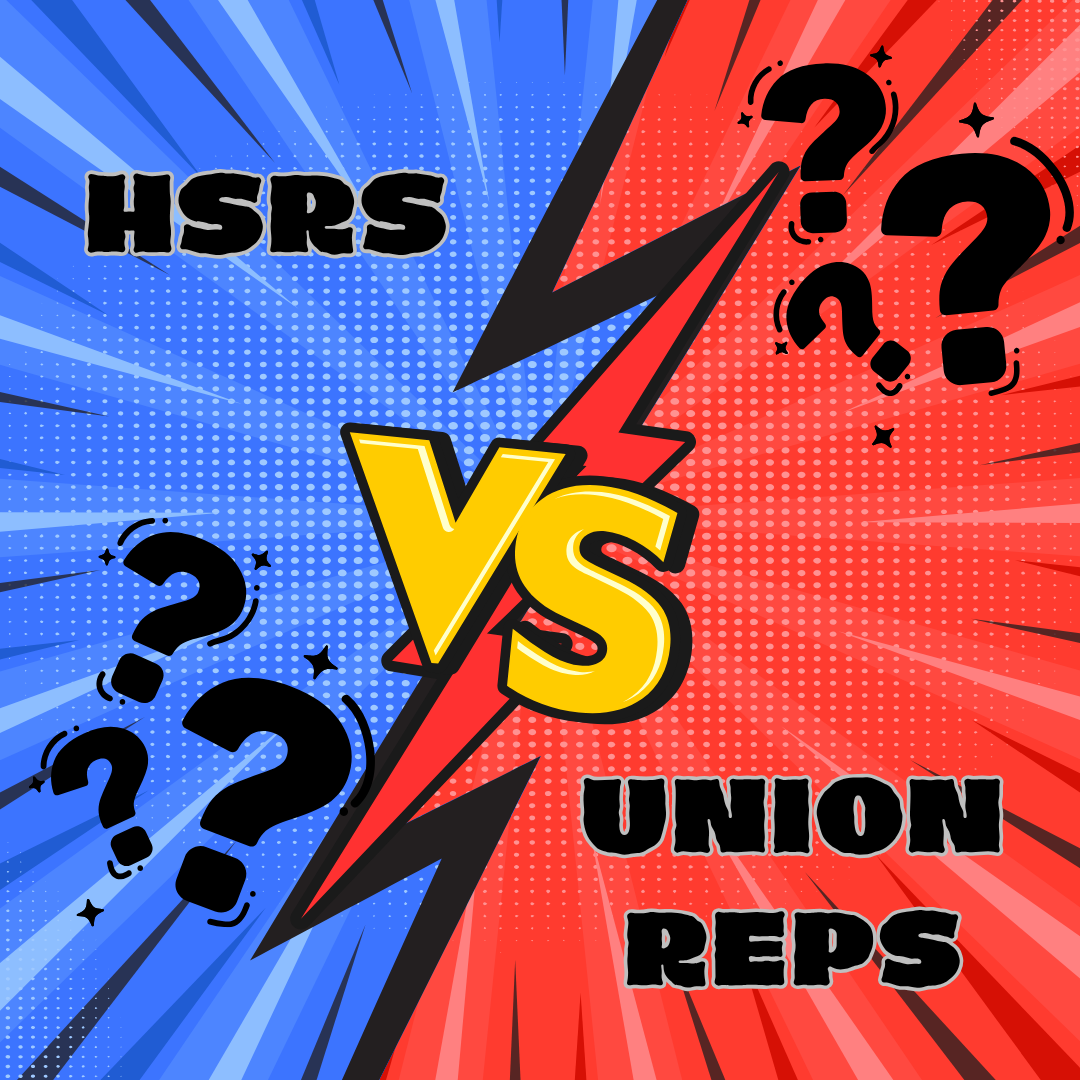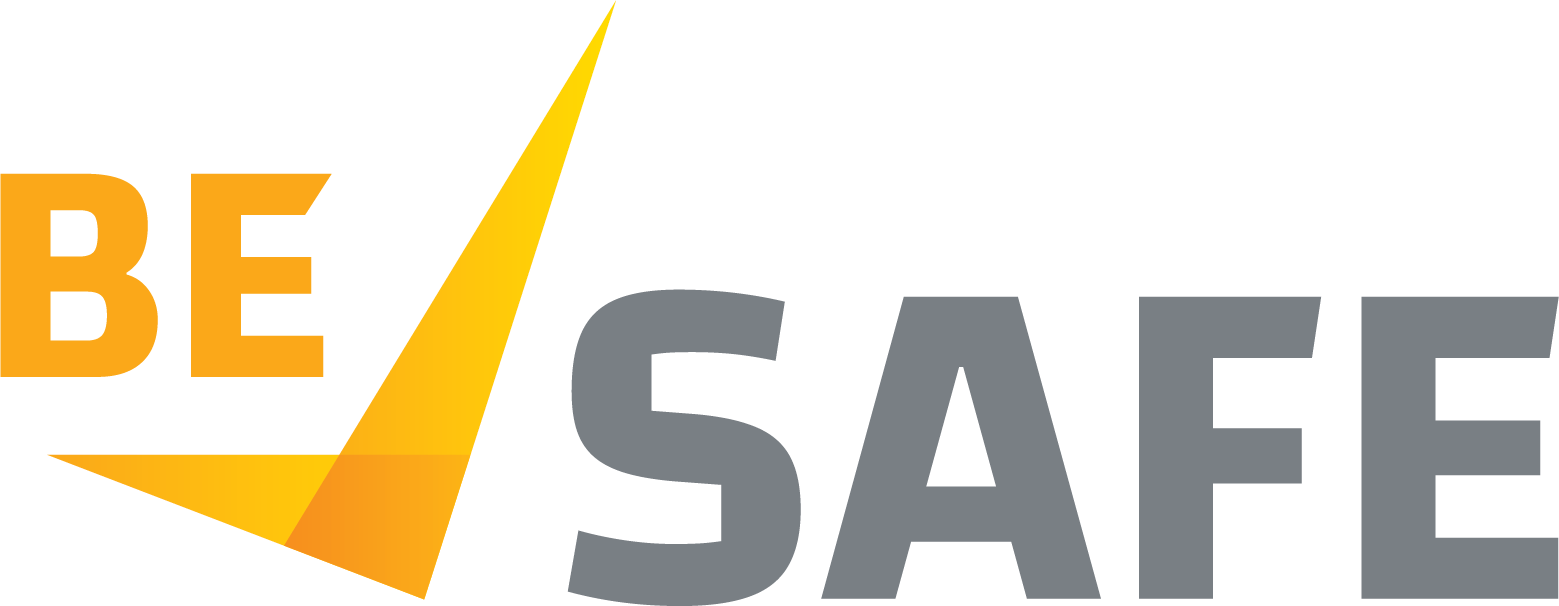New apprentice supervision requirements
New electrical apprentice supervision requirements come into effect in Victoria on September 1st 2025.
It is the role of employer to supervise their apprentices, and this is vital to ensuring their safety in all industries - including electrical apprentices.
There have been 5 electrical apprentice deaths in the last 10 years in Victoria alone. It is hoped that the new changes will improve safety and make an impact to prevent electrocution fatalities.
The new apprentice supervision requirements will bring Victoria alignment with other states, and the changes include supervision rations and the level of supervision required when an apprentice is undertaking certain tasks.
It is now mandatory for the employer to provide any person who is in a supervisory role with a copy of the supervision requirements. These requirements apply to supervision standards only while doing electrical work. The usual OHS standards apply when the apprentice is undertaking other non-electrical work on-site – keeping in mind that the OHS Act does include requirements around supervision also.
The new apprentice supervision requirements mandate direct 1:1 supervision when carrying out electrical work. This means 1 supervisor to 1 apprentice and with constant visual contact when carrying out high risk tasks. It is no longer good enough to supervise 2 apprentices at once, or to be ‘within earshot’.
There is a grading system for how much supervision is required, which depends on the experience of the apprentice and the tasks being undertaken.
For example, 1st year apprentices must be under 1:1 supervision at all times but will move to reduced supervision as they gain experience throughout their apprenticeship. However, high risk tasks will always require direct 1:1 visual supervision.
Work on or near any live or energised equipment must not be performed by any apprentice. However, a fourth-year apprentice may perform fault finding – but only under direct 1:1 supervision.
There are very prescriptive requirements which are now in place and must be followed.
These changed requirements are intended to ensure the safety of the electrical industry’s most vulnerable workers.
For more information, have a look at the video below, or take a look at: Requirements for the effective supervision of apprentice electricians | Energy Safe Victoria




